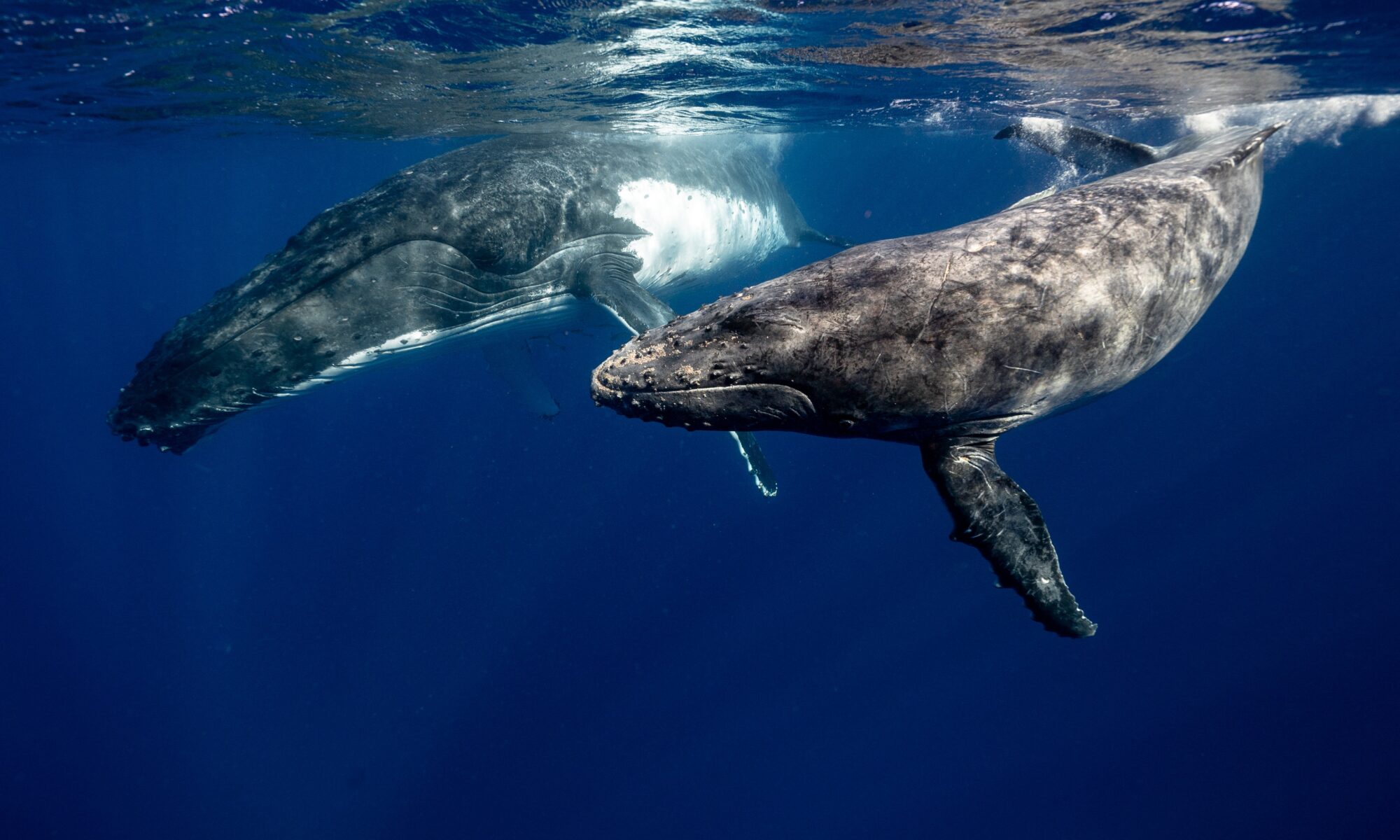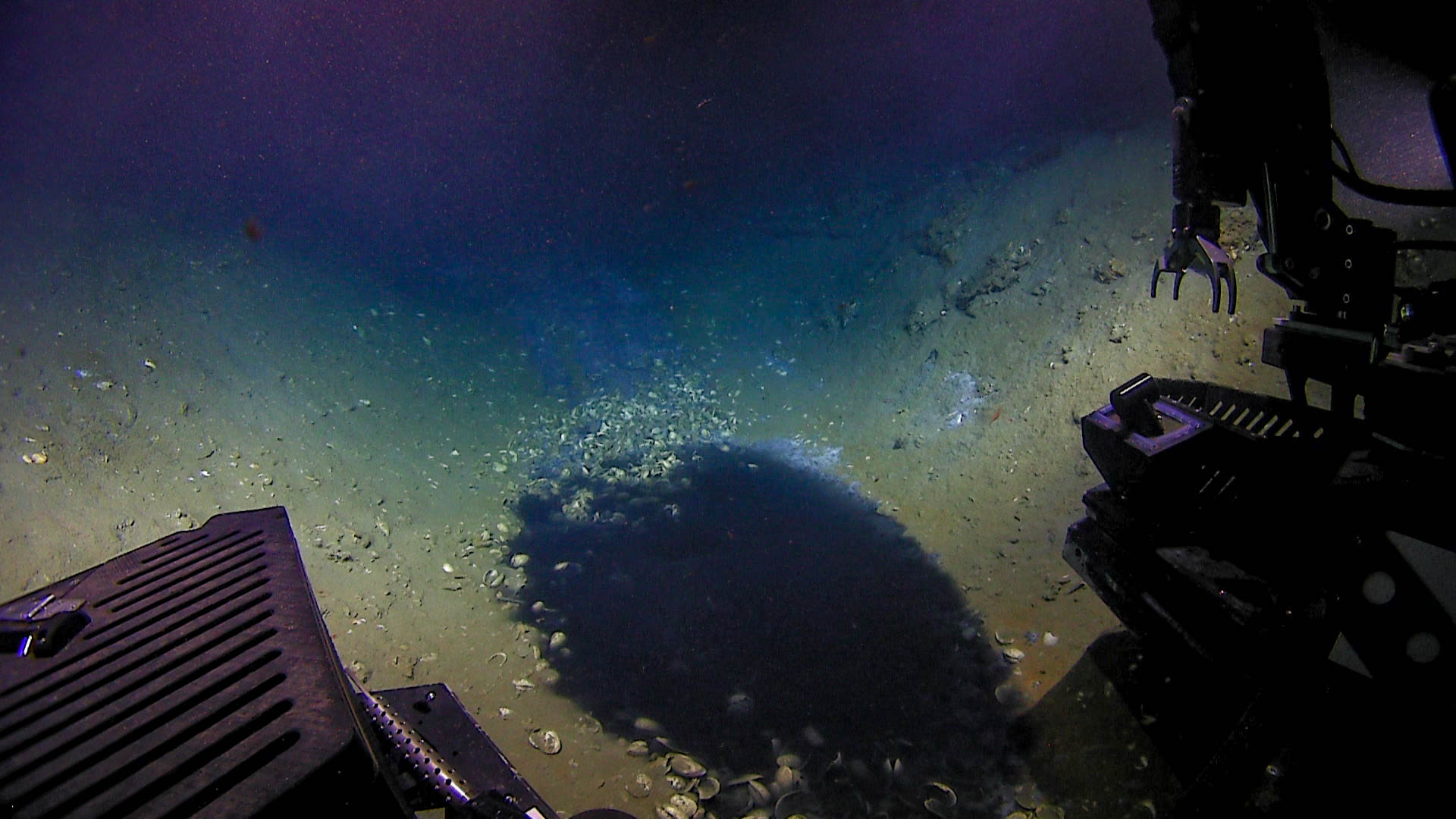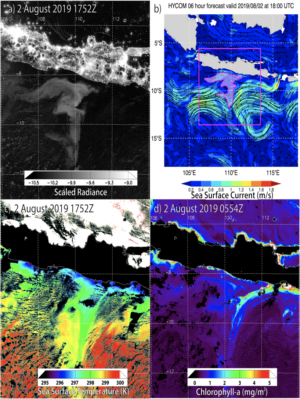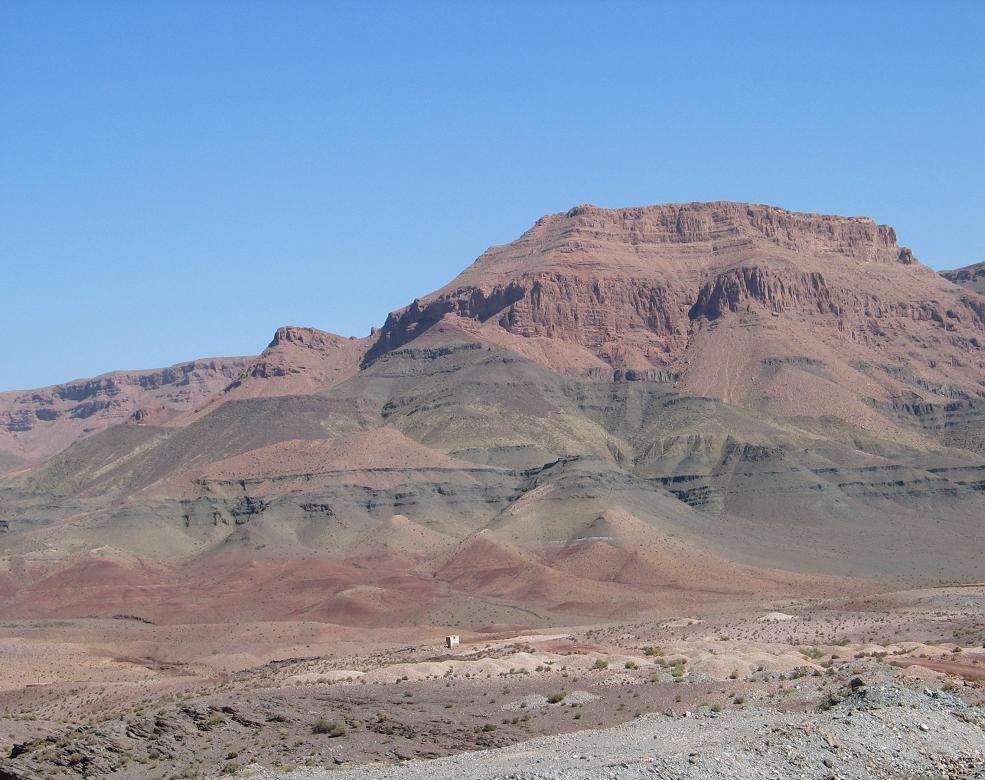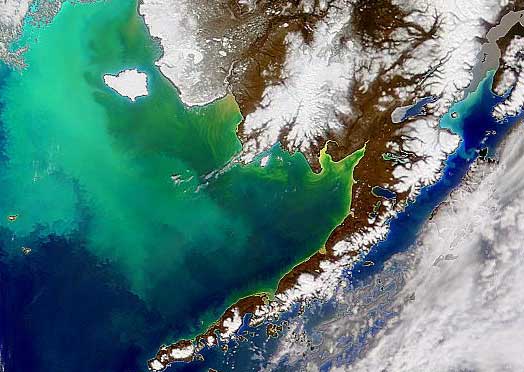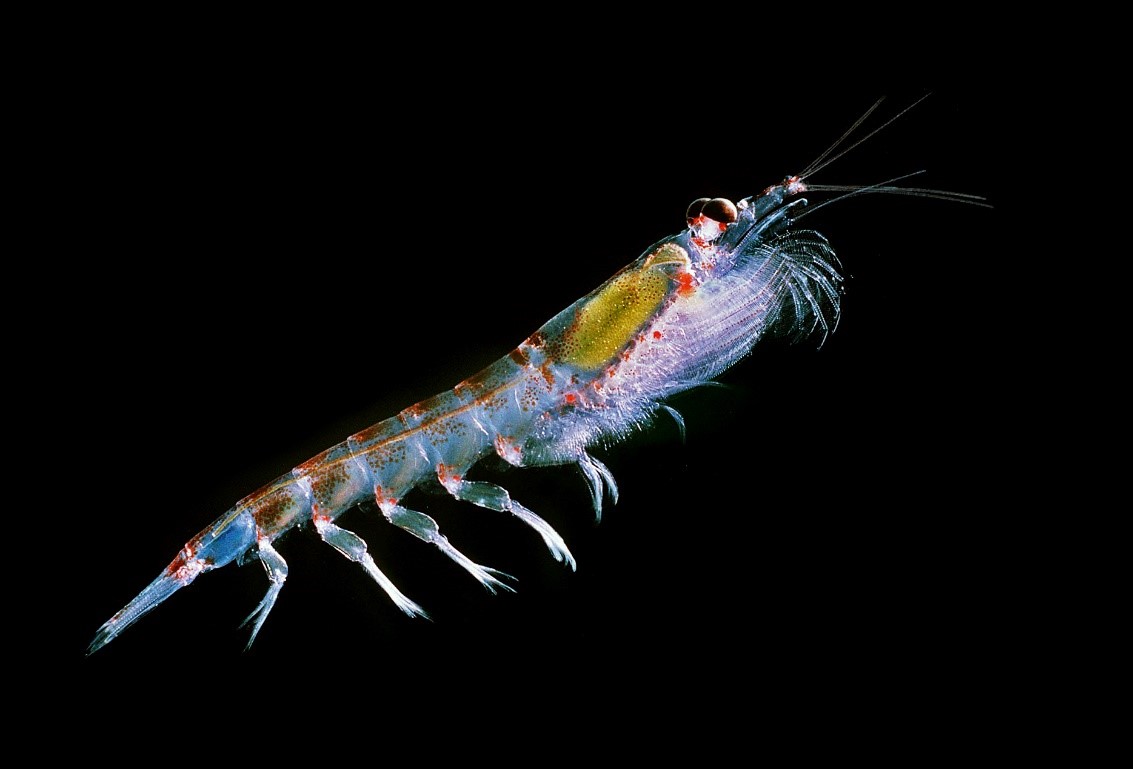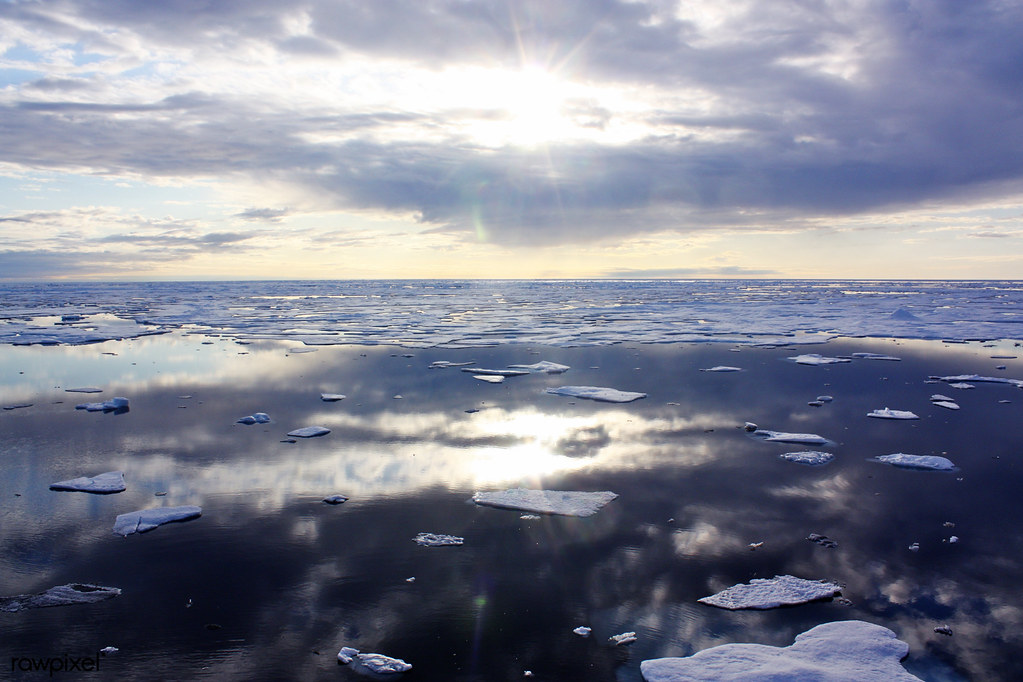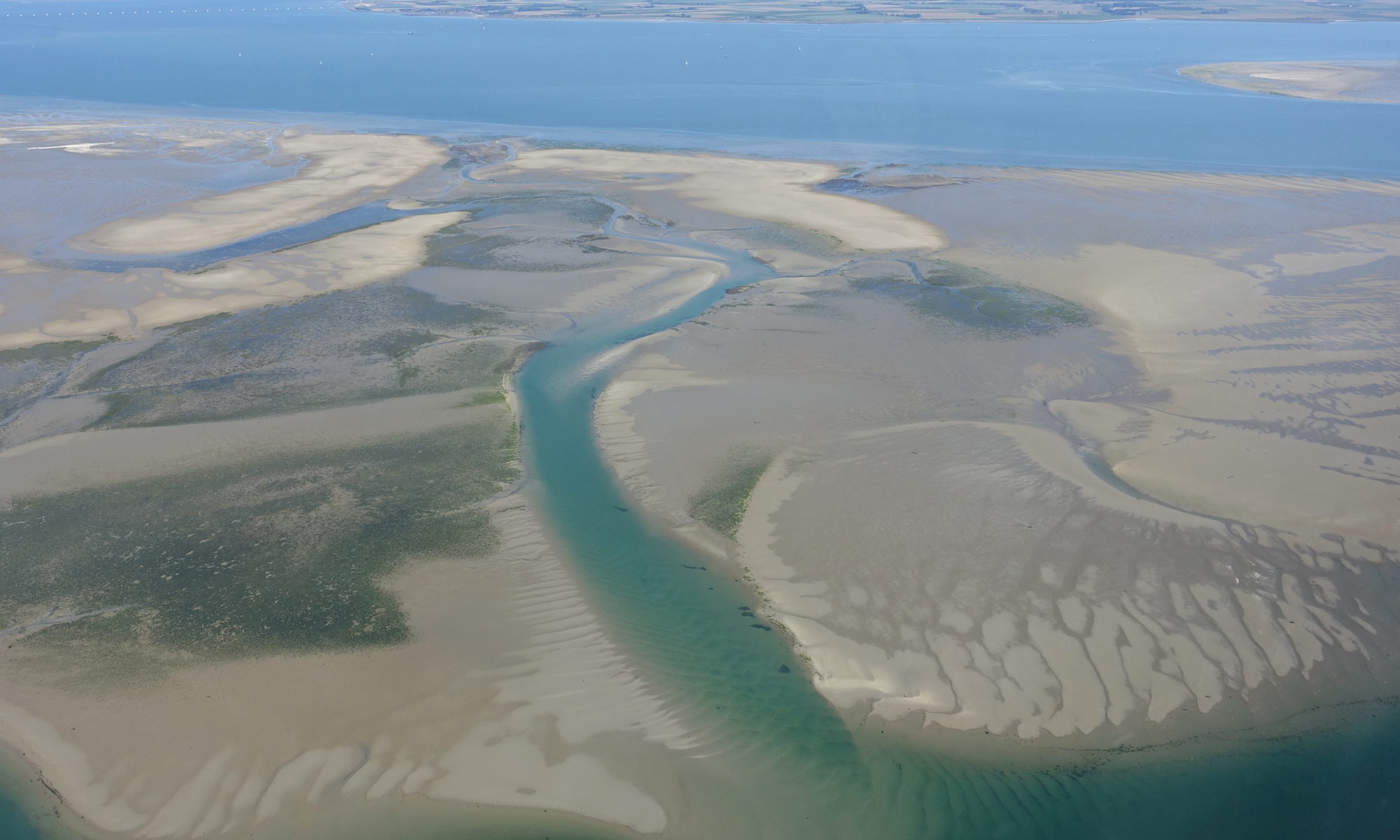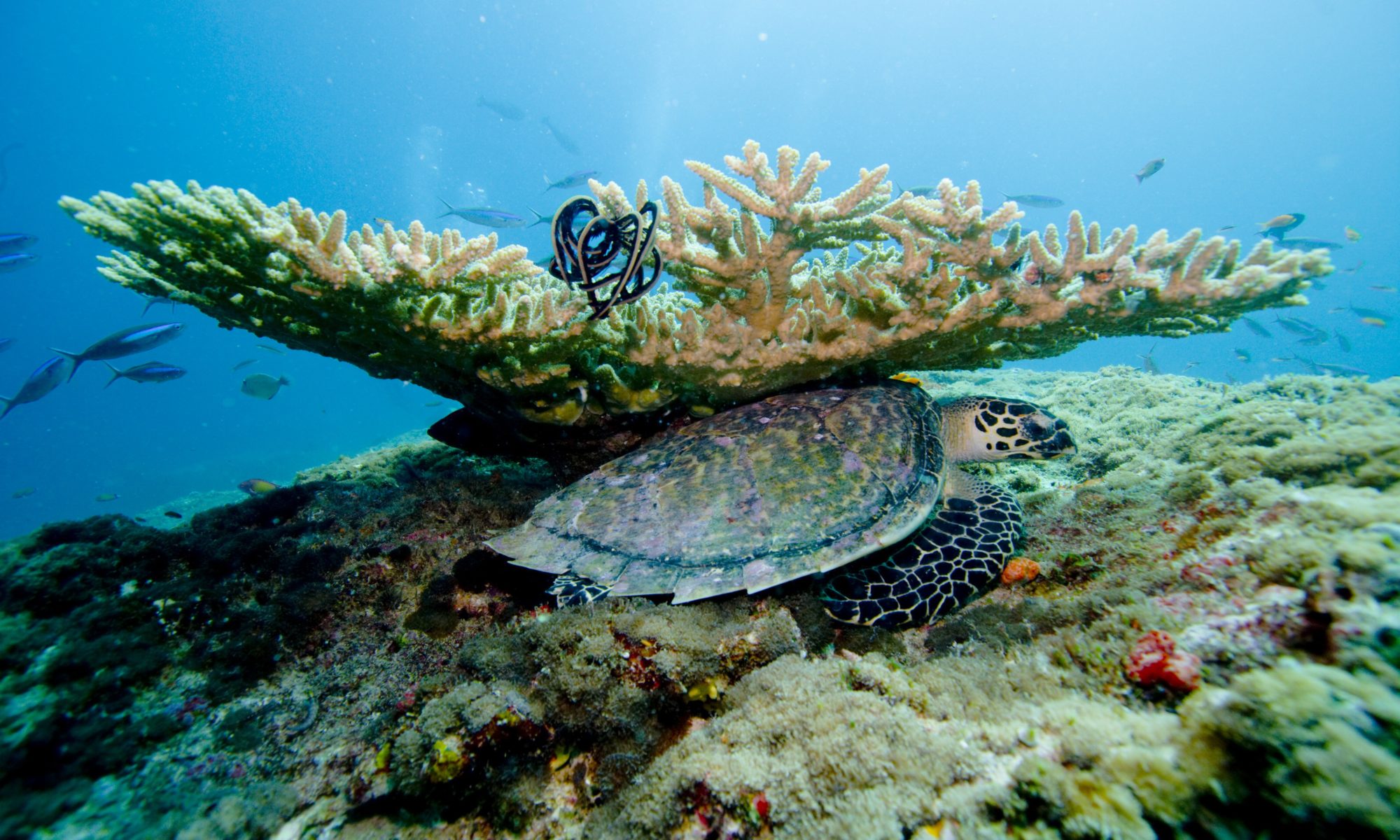Papers: Changes in humpback whale song structure and complexity reveal a rapid evolution on a feeding ground in Northern Norway; Humpback Whale (Megaptera novaeangliae) Song on a Subarctic Feeding Ground
Authors: Saskia C. Tyarks, Ana S. Aniceto, Heidi Ahonen, Geir Pedersen and Ulf Lindstrøm
Featured Image: Humpback whales swimming near Tonga. Photo by Elianne Dipp.
US Navy engineer Frank Watlington was searching for Russian submarines in the 1950s when his underwater microphone picked up some otherworldly noises: humpback whale singing. He was amazed to realize that the whale vocalizations were arranged in an intricate pattern that repeated itself in a song-like manner, with a similar structure to music composed by humans.
Continue reading “Humpback Whale Singing at a Norwegian Feeding Ground”
